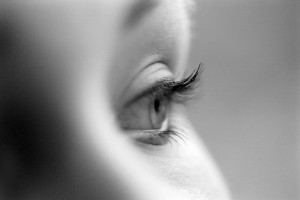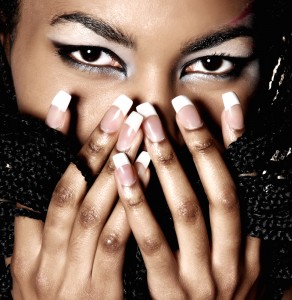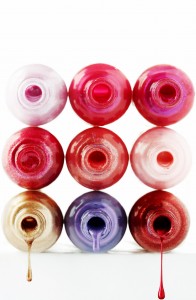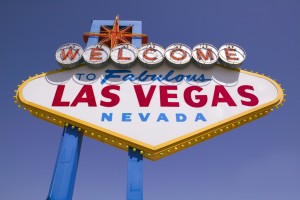
Throughout history women have done just about anything to achieve beauty, even if it kills them – literally. For every potentially dangerous and odd ancient beauty regime, we are sure glad that there is a much safer and more modern approach used today.
Lead eyeliner, (that’s not painful at all!)
Once upon a time (this is no fairy tale mind you) ladies of the Middle East used to grind up lead – an obvious metal poisoning element when consumed– and apply it to their eyelashes, eyebrows and eyelids. You’ve seen the warnings on various lead-based products to never consume lead, right? Well, I have a feeling that rubbing lead around your eyes is equally, if not more severe.
Today, thankfully, there are much safer ways to make your lashes, brows and lids look great. With the creation of mascara, eye liners, primers and eye shadow, women have a much easier and harmless way to make their eyes stimulating.
A little poison to achieve a little radiance
Women in England used to ingest arsenic for the purpose of achieving a certain glow to their skin. As we all know, arsenic is deathly poisonous. Although those English women had beaming skin, they had to pay a price – shorter, much shorter life spans.
Lucky for us, we have learned a lot over the past couple centuries about what affects the look and texture of skin. Simple things like cleansing, exfoliating, consuming fluids (non-poisons of course) and maintaining certain diets, in addition with modern skin creams can help keep skin beautiful and glowing.
The alternative uses of lion urine
Venetian women in the past used to pour lion urine on their hair and sit in the sun to achieve their beautiful blonde highlights.
Fortunately, we have advanced our methods for highlighting hair over the years with do-it-yourself kits or by going to professional cosmetologists and hair dressers at salons. Regardless of the method you choose to don those beautiful blonde locks, you can rest assured that you won’t need to worry about using lion urine, or any kind of urine for that matter, to achieve your desired golden color.
Bug Blood (do you even need to guess?)
In England during the reign of Queen Elizabeth I, lovely ladies of the time sought rich red lip coloring. Don’t we all? To achieve that luscious red tint, beauties would take the squashed remains of insects and rub it on their mouths for that crimson-red shine.
Unless you’re partial to using insect guts as lip balm, you too can achieve lusciously red lips at a much easier price. Between lip balm, lip gloss and lipstick, women today have several choices to gaining that ruby-red look without having to go to extremes.
It’s safe to say the days of using animal urine, insect remains and poisons as beauty products are behind us. Just remember, the next time you’re putting on your makeup or opening a new hot red lip stick, to thank all the dedicated beauties of the past, who sacrificed themselves to make today’s products realities.
 YouTube
YouTube






